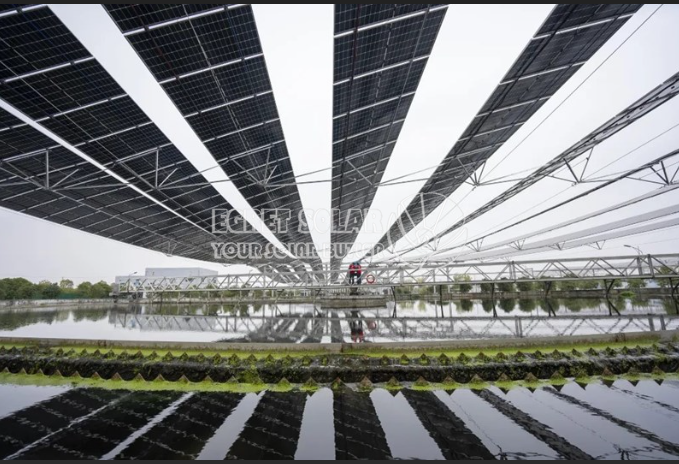- English
- Español
- Português
- русский
- Français
- 日本語
- Deutsch
- tiếng Việt
- Italiano
- Nederlands
- ภาษาไทย
- Polski
- 한국어
- Svenska
- magyar
- Malay
- বাংলা ভাষার
- Dansk
- Suomi
- हिन्दी
- Pilipino
- Türkçe
- Gaeilge
- العربية
- Indonesia
- Norsk
- تمل
- český
- ελληνικά
- український
- Javanese
- فارسی
- தமிழ்
- తెలుగు
- नेपाली
- Burmese
- български
- ລາວ
- Latine
- Қазақша
- Euskal
- Azərbaycan
- Slovenský jazyk
- Македонски
- Lietuvos
- Eesti Keel
- Română
- Slovenski
- मराठी
- Srpski језик
Flexible photovoltaic bracket
2024-03-26
As the global energy depletion problem becomes more and more serious, solar energy, as a renewable green energy, accounts for an increasingly high proportion in my country's energy structure, and photovoltaic power generation projects are developing more and more rapidly. Since traditional ground-based rigid photovoltaic supports have certain site restrictions, a large-span flexible photovoltaic support structure composed of a prestressed cable system has been increasingly used in recent years. The new system uses suspension cables to bear the load of photovoltaic modules, and has the characteristics of adapting to complex terrain conditions, small footprint, and strong site adaptability. However, since flexible components have small stiffness, light weight, large span, and obvious wind-induced effects, the key issue is wind-resistant design.
Since traditional ground-based rigid photovoltaic supports have certain site restrictions, a large-span flexible photovoltaic support structure composed of a prestressed cable system has been increasingly used in recent years. The new system uses suspension cables to bear the load of photovoltaic modules, and has the characteristics of adapting to complex terrain conditions, small footprint, and strong site adaptability. It provides a good complement to traditional structures in special places such as roads, farms, sewage treatment plants and fish ponds. Flexible photovoltaic brackets have been proposed to replace traditional beam-supported photovoltaic modules.
Flexible photovoltaic bracket refers to a bracket composed of flexible load-bearing cables, steel columns, steel inclined columns or cable-stayed cables, steel beams and foundations. It has the characteristics of simple structure, less material use, light weight, short construction period and other traditional brackets. Advantages that are lacking. The load-bearing cables of flexible photovoltaic brackets use flexible components such as steel strands. Such flexible components have the advantages of large elastic modulus, low relaxation rate, and high strength. They can be stretched across large spans, thereby avoiding unfavorable factors such as site fluctuations. Flexible photovoltaic support structures can be divided into single-layer suspension cable structures, double-layer suspension cable structures, and tension beam structures according to different load-bearing cable structural systems.
Traditional photovoltaic support systems are often limited by terrain, but new flexible photovoltaic support systems are not subject to site restrictions and are widely used in photovoltaic projects. A major disadvantage of the suspension structure is that it has poor stability and poor wind resistance. Overall, flexible PV brackets offer a versatile and scalable solution for solar energy deployment across various environments, and ongoing advancements in technology and design are further enhancing their applicability and effectiveness in the renewable energy landscape.





